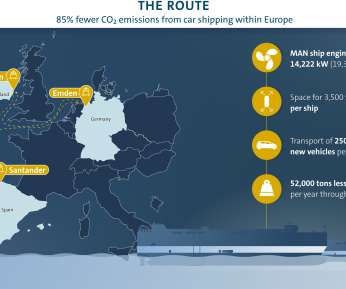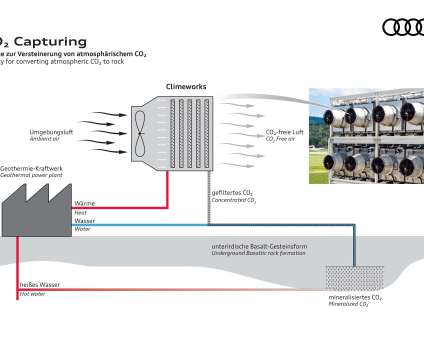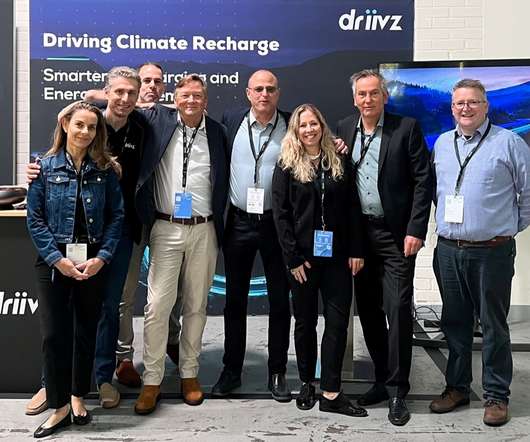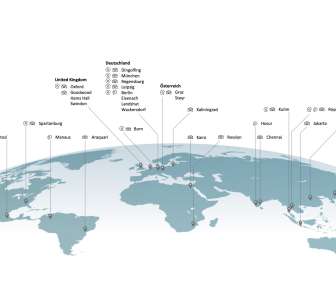Volkswagen fueling car carriers with fuel derived from used cooking oil; GoodFuels BFO
Green Car Congress
NOVEMBER 27, 2020
This way, we reuse waste oil in an environmentally compatible way. With 85 percent lower CO 2 emissions than with conventional fossil fuels, the contribution to climate protection is enormous. BFO ‘drops in’ to normal fuel tanks, meaning no hardware changes are needed to realise instant emissions impact.


















Let's personalize your content